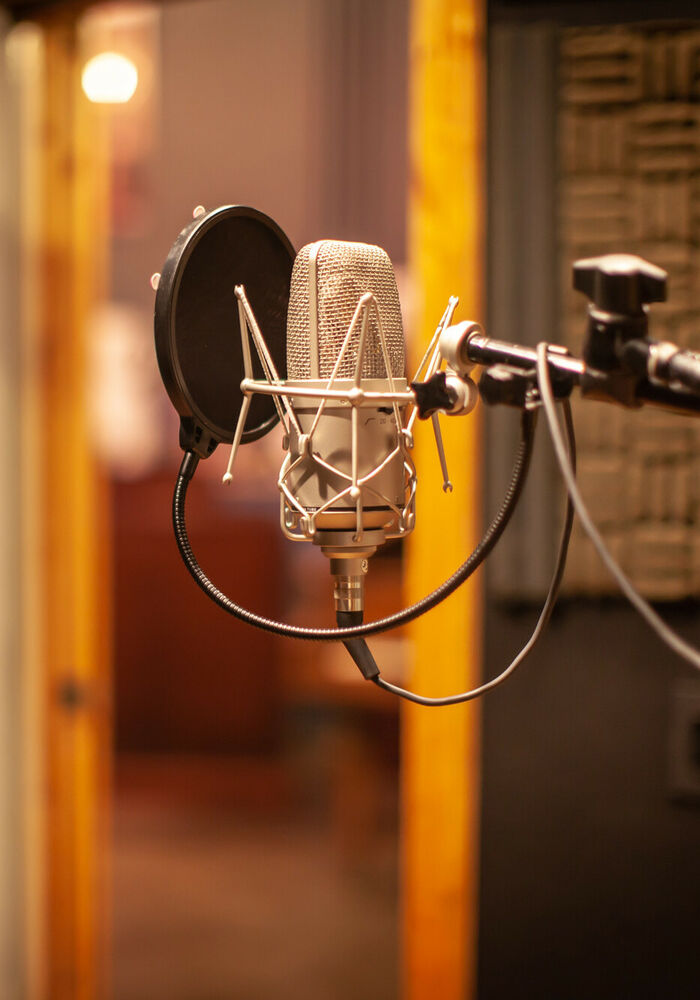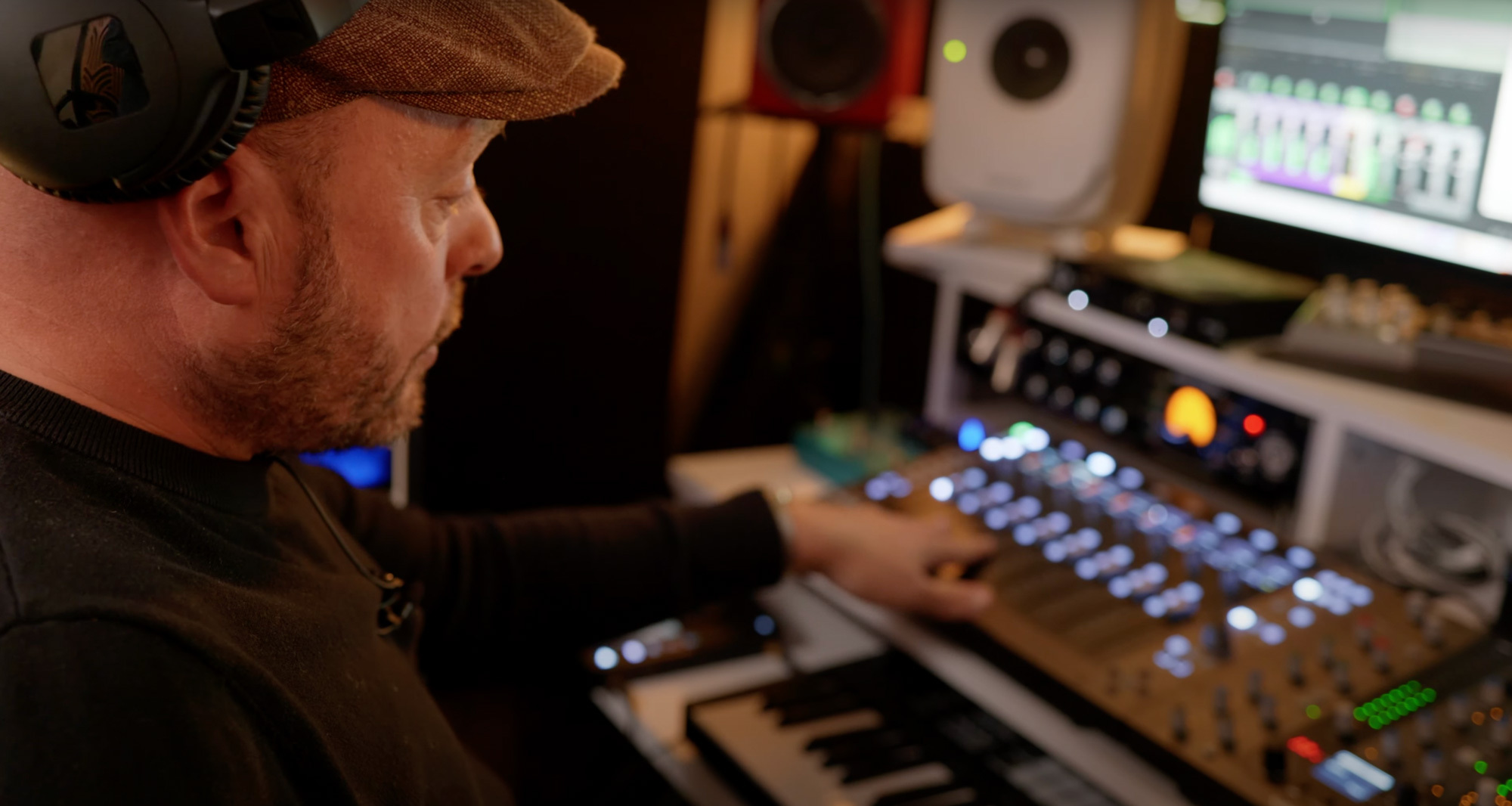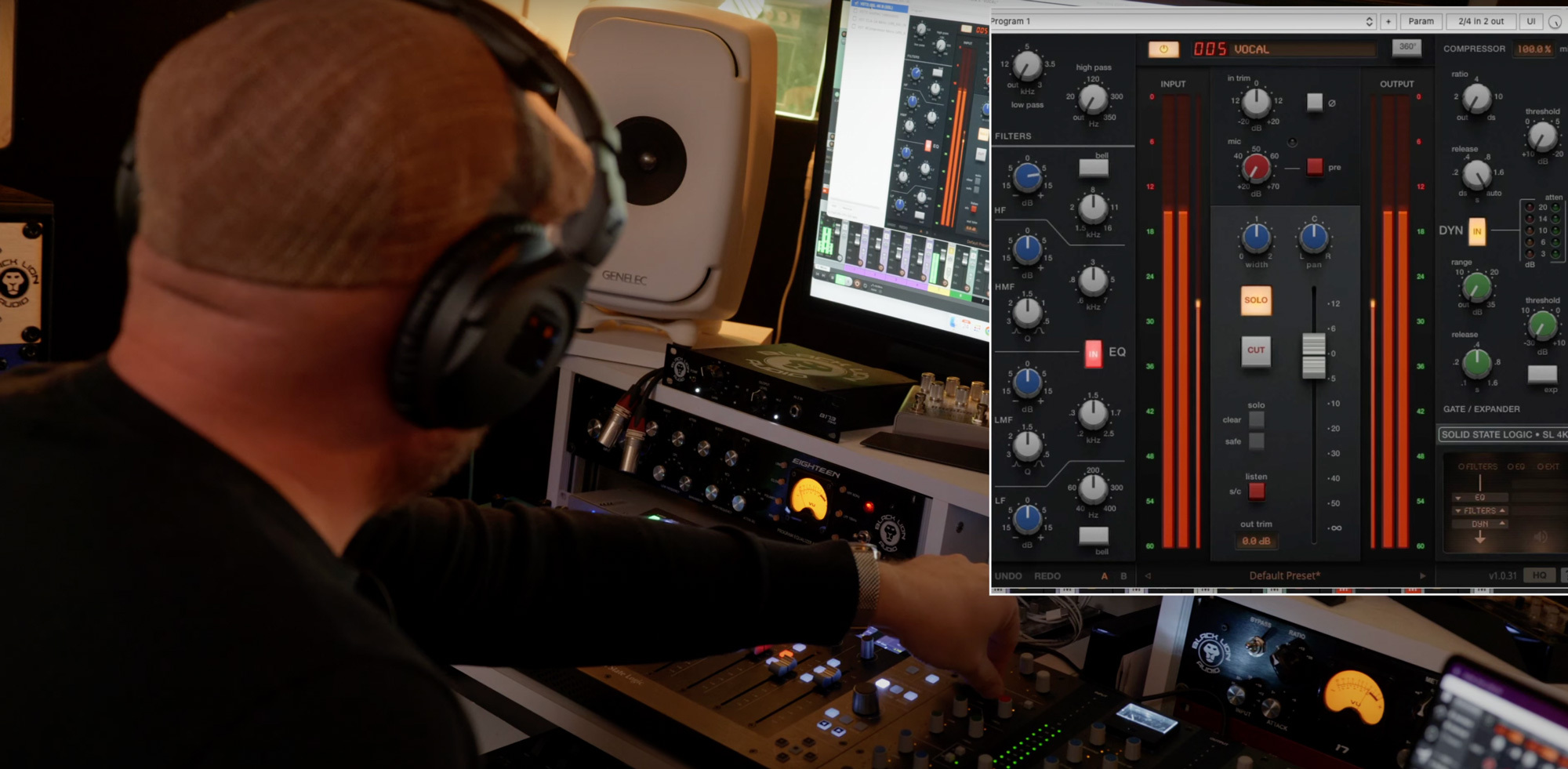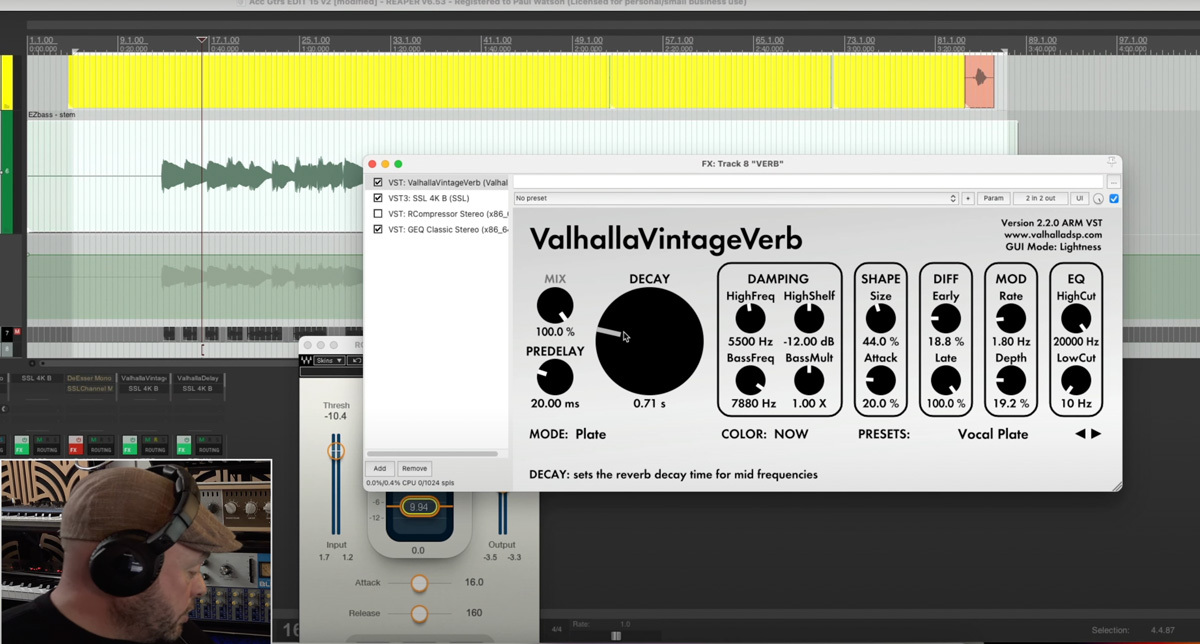7. Get Creative With
Reverb
Reverb has a funny
reputation - bad singers try to hide behind it (which is mad, because you
can’t, really), and good singers sometimes don’t want any of it. I think a good
compromise is to use it modestly. What you must do is put the reverb on its own
buss - that way, you can bring as much in or out as you like, and you can treat
it as an instrument in its own right. By that, I mean the following:
EQ some of the
harshness out. 6 kHz is a constant niggle for me, so I always drop a few dB out
particularly when working with a female vocalist.
Compress the signal.
You’ll be surprised how effective this can be, particularly as you raise the
ratio and play with the threshold.
Gate the signal. Not
always, but if applied correctly, with a bit of work, you can get a great
effect once the voice cuts out
Experiment with mono
and stereo: a reverb right down the middle is normally better in stereo, but
sometimes a stereo enhancer on a mono reverb will work nicely, or panning two
different mono reverbs L/R can be effective. Equally, widening the stereo image
of an already wide stereo reverb can create a really expansive sound, at
the risk of becoming overkill(!)
8. Use Gain Staging
Keep an eye on your levels
at all times - there are plugins out there which will add more gain than
others, and if you’re not careful, the more you add to the chain (and of course
the natural urge is to turn up, not down), before you know it you’ll be
clipping and running out of headroom and you won’t know why. The key is to get
that gain right at every stage in the chain to minimise noise or
distortion. So try to leave sufficient headroom from the get go, and if it gets
too much at any point, don’t panic - just bring the whole track down a few dB
and build it up again.
Vocal Processing Techniques: The Bottom Line
When processing a vocal
in the box, the key as ever is not to overdo it. These eight tips should help get
you in a good place. Keep everything simple, dial stuff back as a rule rather
than turn it all the way to 11 - and be sure to listen. And keep
listening. GUIs on plugins are amazing these days, and often an EQ curve is
just as much fun to look at than to play with; but don’t let these fancy
aesthetics get in the way of the most important part of this process: your
ears.
To watch my vocal recording and vocal processing in action, check out the video below...
Further reading:
10 Tips for Recording Pro Vocals
How to record vocals






